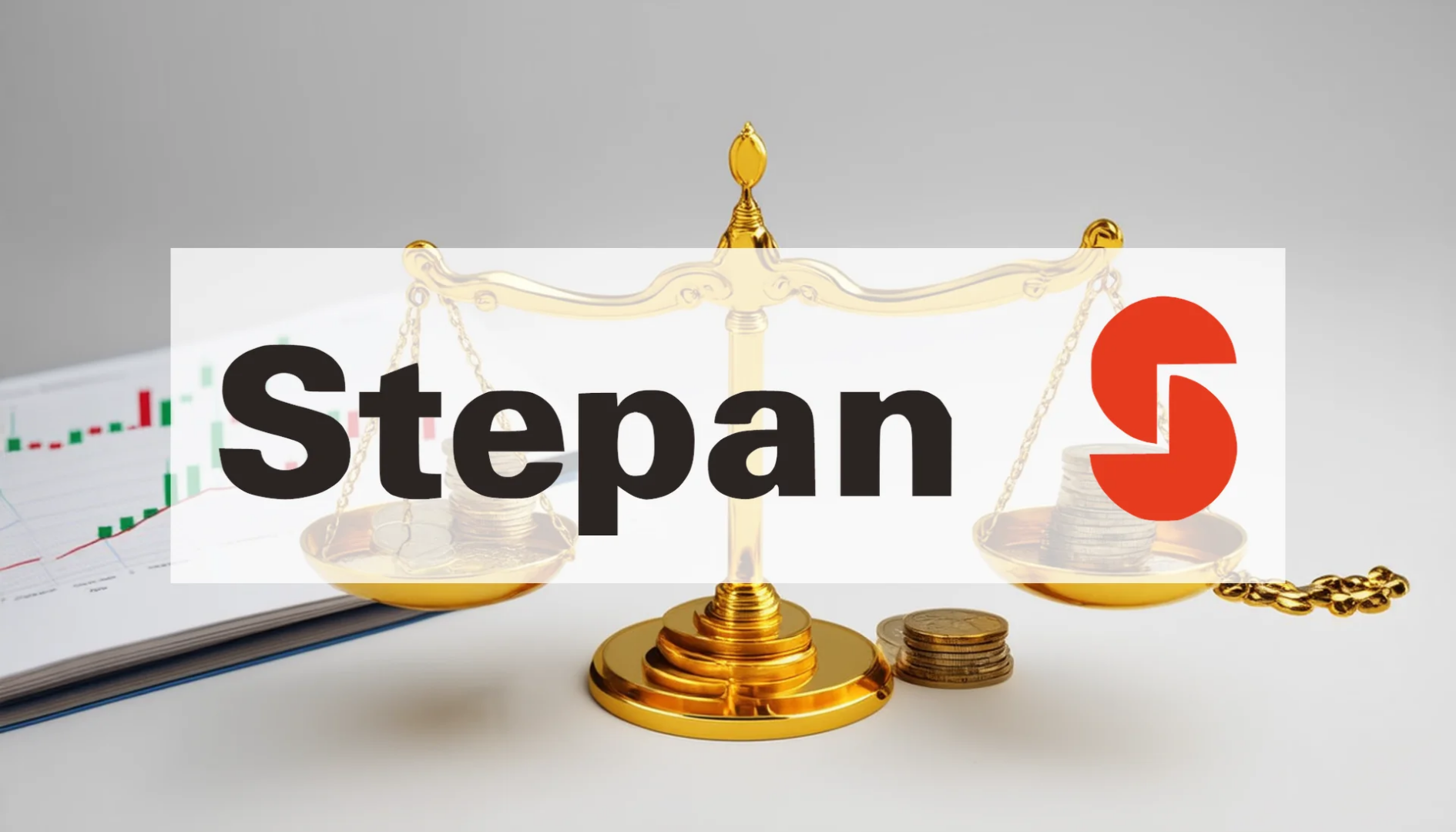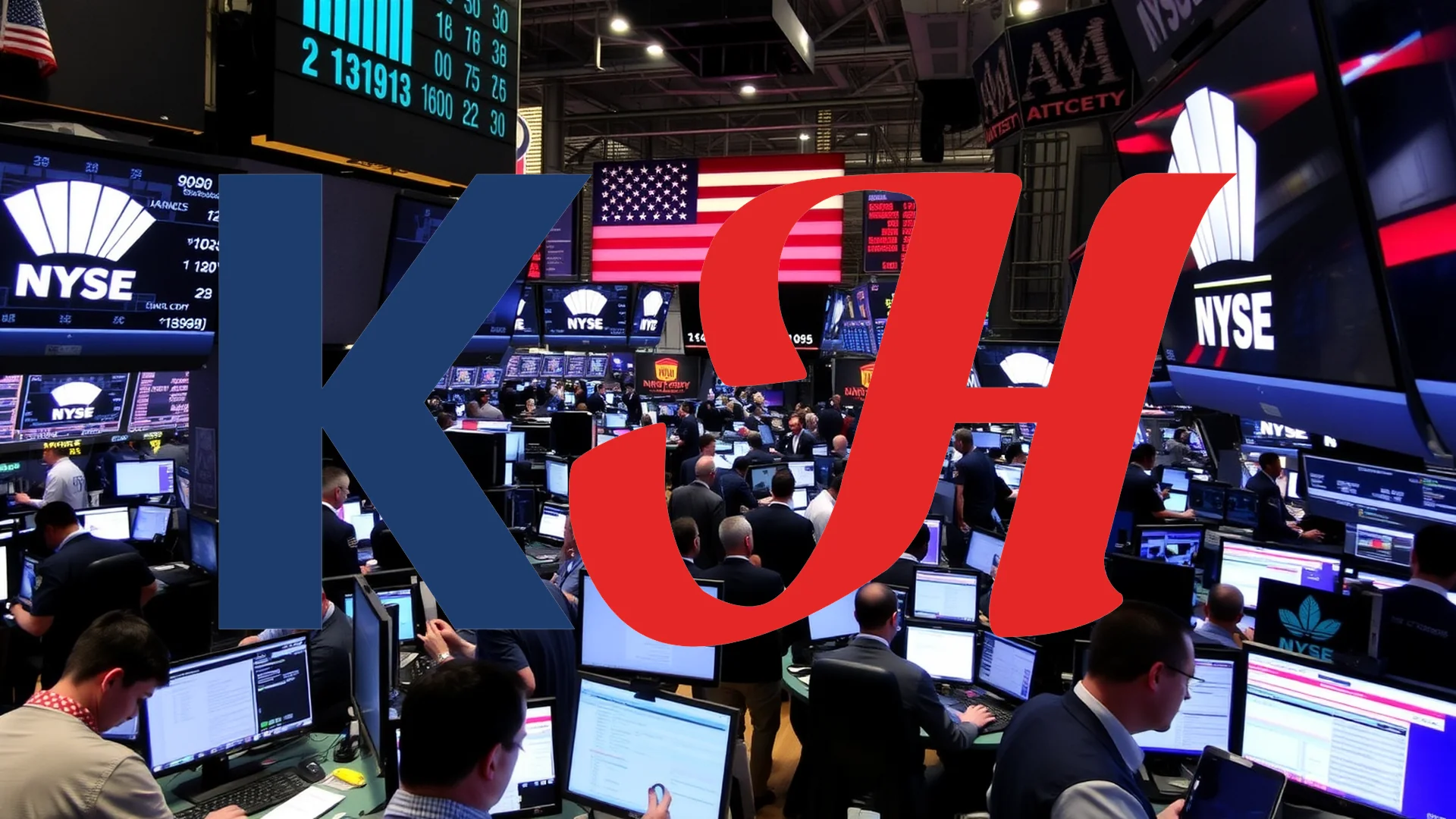While Stepan Company delivered fundamentally sound operational results in its most recent quarter, its stock finds itself caught in a pronounced downward trend. The chemical producer posted gains in both net profit and EBITDA, yet these figures fell short of market projections, triggering a wave of investor selling. The central question for the market is whether this short-term disappointment outweighs the company’s evident long-term financial resilience.
Technical Indicators and Dividend Consistency
From a technical perspective, the stock’s chart paints a bearish picture. A significant sell-off last Friday pushed the share price notably below its key moving averages. Market technicians are now watching a critical support level near $48.36; a sustained break below this point could potentially accelerate further declines.
Contrasting this negative momentum is the company’s unwavering commitment to shareholder returns. Stepan announced its 57th consecutive annual dividend increase, maintaining a reliable annual payout of $1.54 per share. At the current share price, this distribution translates to a substantial dividend yield of 3.17%, offering a clear element of stability for income-focused investors.
Should investors sell immediately? Or is it worth buying Stepan?
Q2 2025: A Mixed Financial Picture
The company’s second-quarter 2025 results presented a complex narrative. On one hand, Stepan achieved a net income of $11.3 million, representing a 19% year-over-year increase. Adjusted EBITDA also saw healthy growth, climbing 8% to reach $51.4 million. However, the company significantly missed consensus estimates on key metrics. Earnings per share came in at $0.52, well below the anticipated $0.92. Revenue also disappointed, totaling $594.69 million against expectations of $598.25 million. This combination of solid operational growth but market underperformance created the mixed signals that prompted the investor reaction.
Polymer Division Shows Strength
Amid the broader disappointment, one segment stood out with unequivocally positive results. The Polymer division reported a robust 17.4% increase in adjusted EBITDA, which reached $25.6 million. This performance was primarily fueled by higher sales volumes of polyols and phthalic anhydride across its North American and European markets—key chemical products used extensively in construction and insulation materials.
Despite its operational strengths and exemplary dividend history, Stepan shares currently lack positive momentum. Whether recent capacity expansions and the company’s strategic focus on high-growth markets like cleaning and personal care products can ultimately reverse the share price trajectory remains the critical uncertainty for investors.
Ad
Stepan Stock: Buy or Sell?! New Stepan Analysis from December 22 delivers the answer:
The latest Stepan figures speak for themselves: Urgent action needed for Stepan investors. Is it worth buying or should you sell? Find out what to do now in the current free analysis from December 22.
Stepan: Buy or sell? Read more here...










